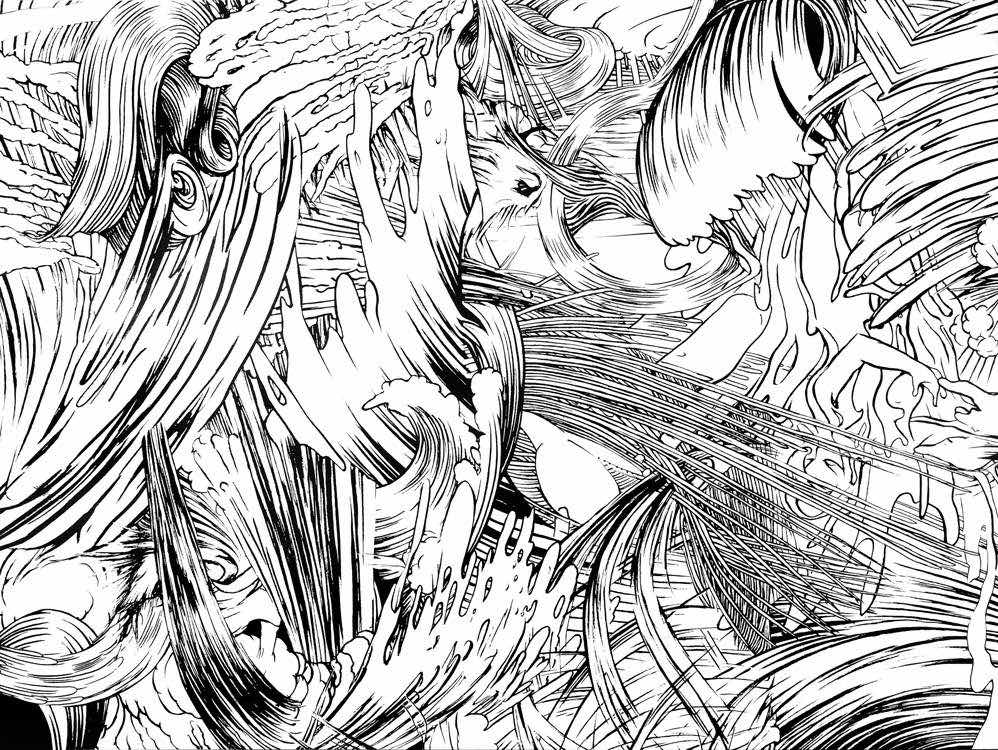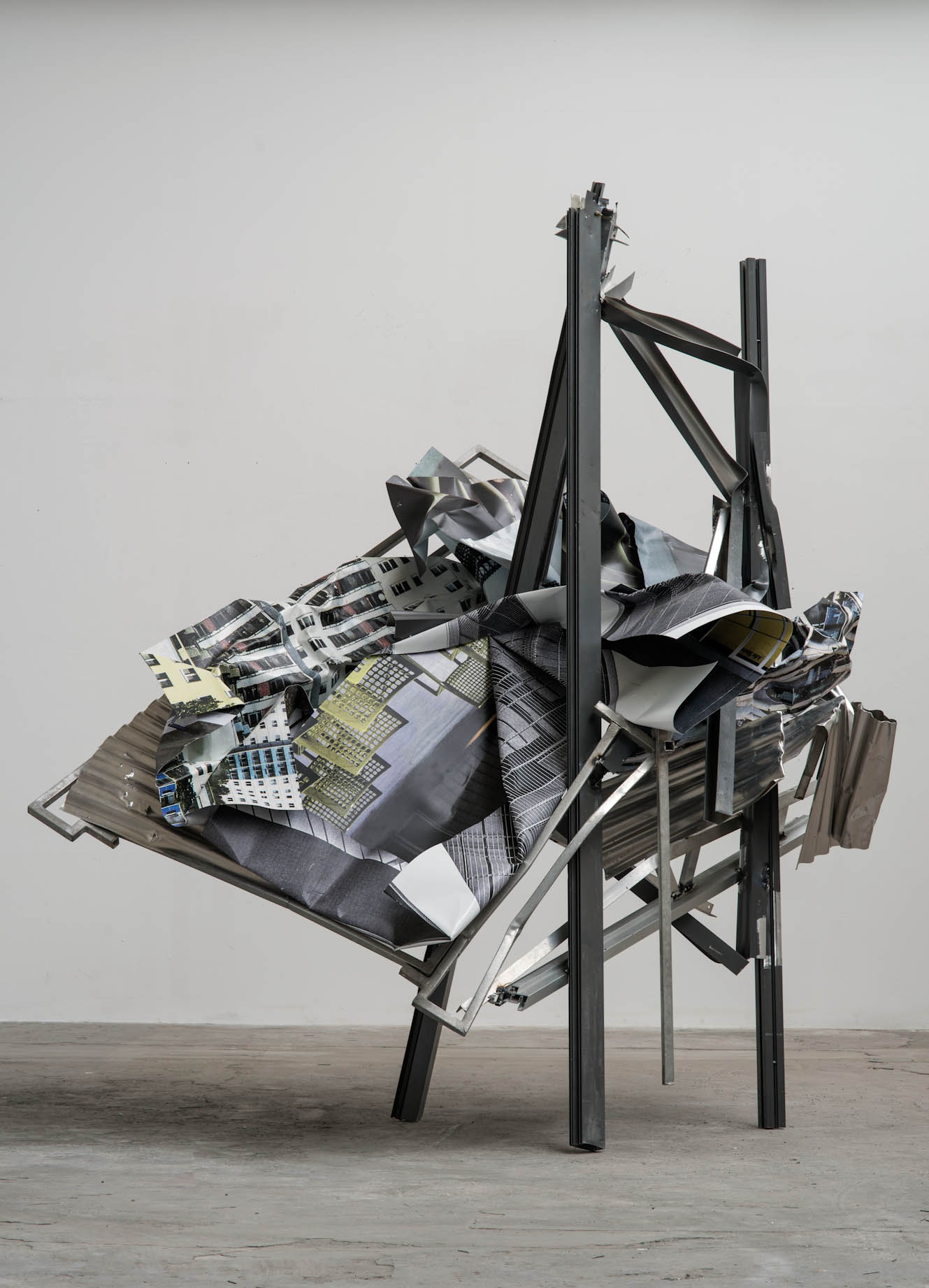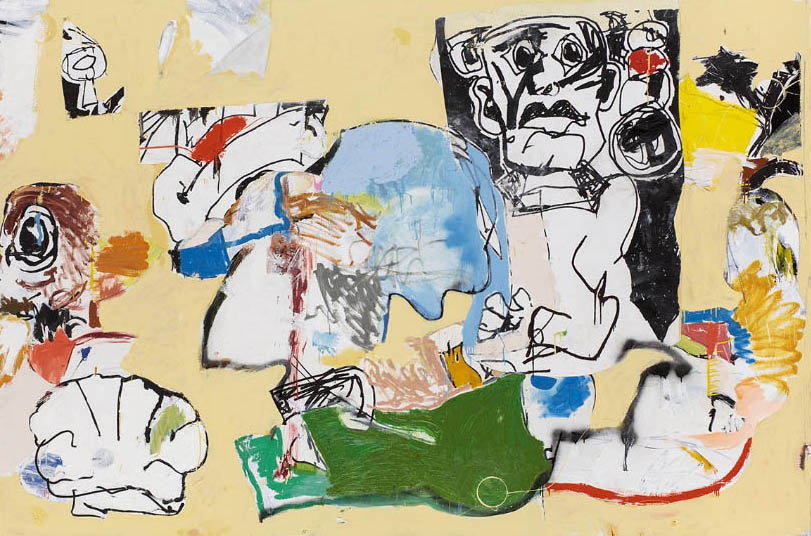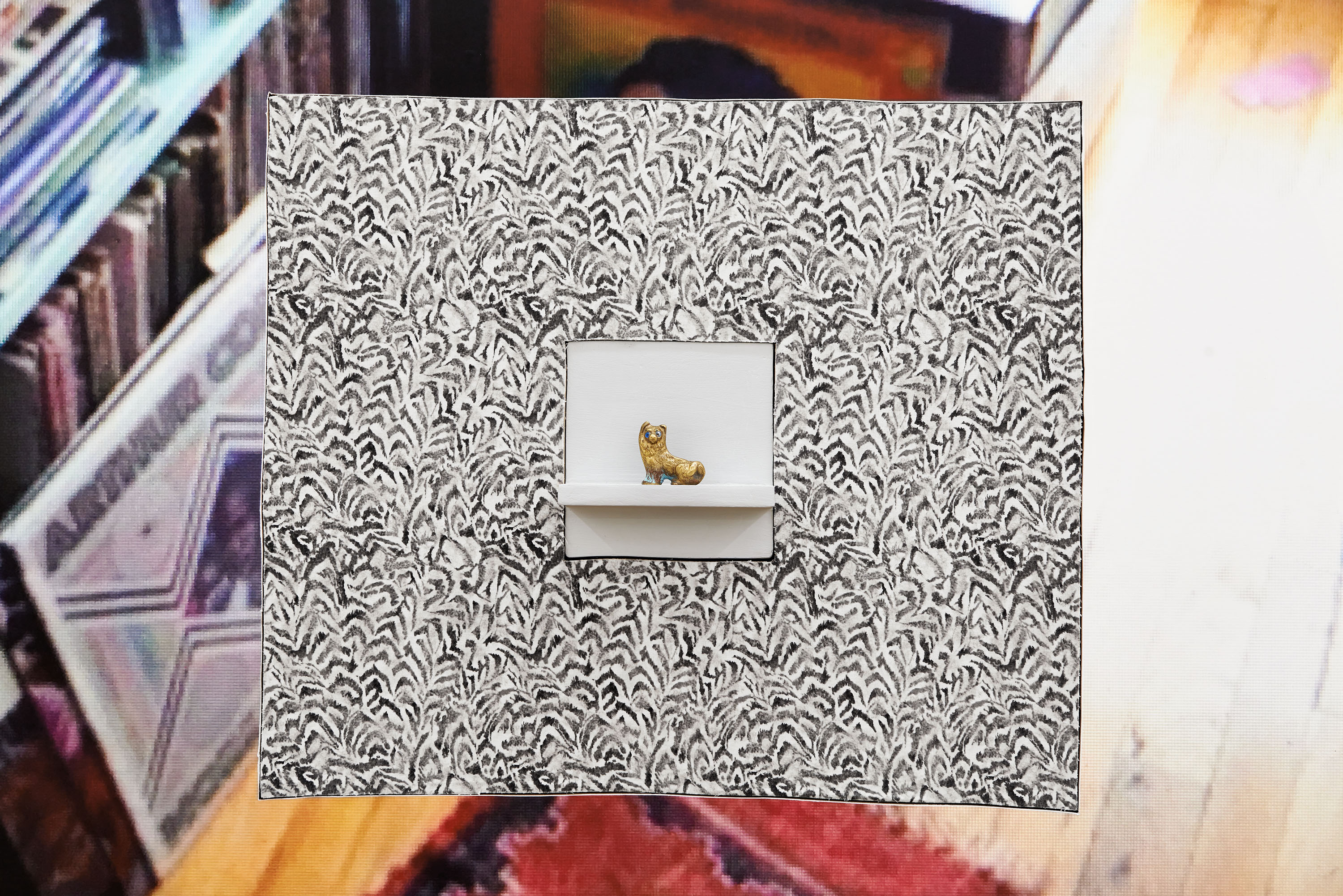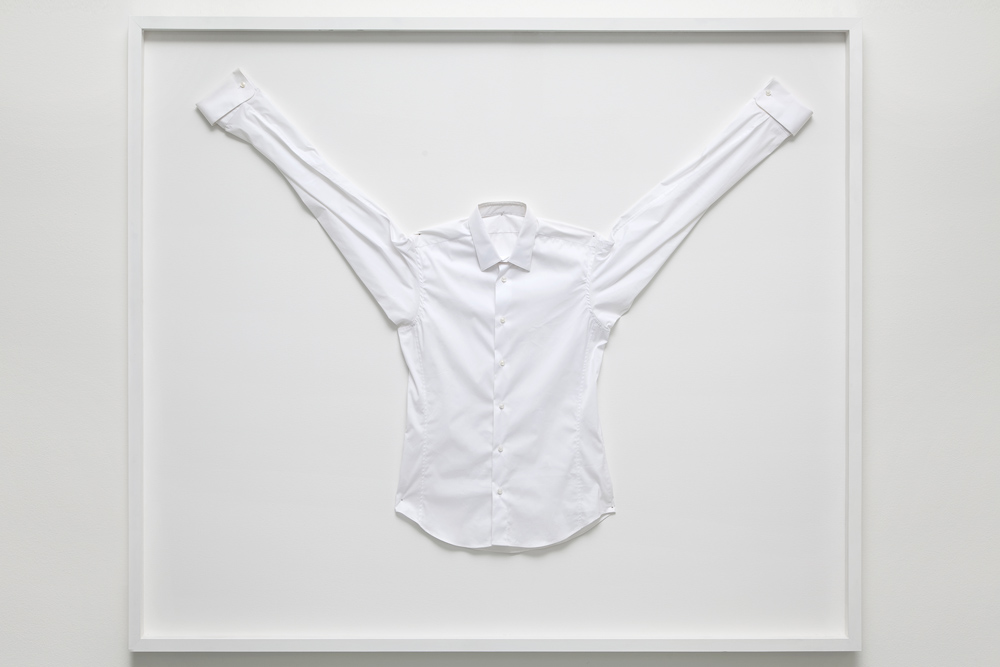JIM SHAW
2017-04-17Jim Shaw is a Michigan born and Los Angeles based artist that has become one of the most influential American contemporary artists, renowned for his imaginative, inventive and especially diverse practice – that encompasses different media from painting to sculpture. Jim Shaw’s creations are characterized by the artists’ idiosyncratic approach – where obscure iconography meets craftsmanship – to the reality that surrounds him: each work synthesises the vernacular and the exceptional, mysticism and realism, creating a visual aesthetic that challenges America’s puritan and radical underbelly. The artist is like a shamanic puppet master that infuses American cartoons with the pathos of archaic myths and eerie semi-religious energy.
The black and white body of work presented in the exhibition is rooted in the artists’ interest in the erotic content of historic painting and the related aspects of superhero comics. In this new series of ink line drawings Jim Shaw applies the aesthetics of the early 1960’s DC superhero comics (focusing on the expressionist elements of the comics such as representations of explosions, speed and forces of nature) to the notion of heroic paintings with mythological and biblical subjects that vary from the battle between the Egyptian gods Horus and Seth to the parable of Jacob’s wrestling with God and being renamed Israel.
Opposite – Forces of Nature Chaos #2, 2017
Exhibition runs through to April 29th, 2017
Massimo De Carlo
Ventura: Via Giovanni Ventura 5
20134 Milan
Italy
